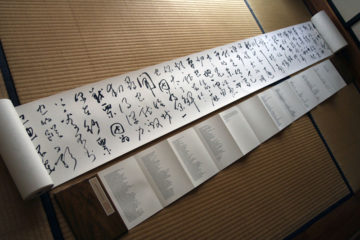by Claire Chambers
 Soon after the pandemic commenced its ‘global humbling’ in March 2020, I took on a humbling of my own in the form of learning Hindi. Trying to speak a new language makes most adults feel vulnerable. There is little to hold onto, so the unfamiliar language feels slippery, even treacherous. Compared to one’s easy intimacy with the mother tongue, second language acquisition entails surrendering to a shaky command of the foreign language for years, if not forever. They say languages learnt after a certain age will always be spoken with an accent. But oh well, embrace the accent! Experts put themselves in the uncomfortable position of becoming beginners again.
Soon after the pandemic commenced its ‘global humbling’ in March 2020, I took on a humbling of my own in the form of learning Hindi. Trying to speak a new language makes most adults feel vulnerable. There is little to hold onto, so the unfamiliar language feels slippery, even treacherous. Compared to one’s easy intimacy with the mother tongue, second language acquisition entails surrendering to a shaky command of the foreign language for years, if not forever. They say languages learnt after a certain age will always be spoken with an accent. But oh well, embrace the accent! Experts put themselves in the uncomfortable position of becoming beginners again.
Most adults learn languages for one of two reasons: to make a living, or ‘to slip into another community’. However, my own motivations doubled back on each other, embracing both of these rationales.
When it comes to making a living, I have been teaching and researching South Asian literature in English for twenty years. In doing so, I’ve lived in India and Pakistan for a total of sixteen months, and picked up some words from Hindi, Urdu, Punjabi, and Pashto along the way. But I had no confidence and, to be frank, no grammar. So, when activities ground to a halt in the first lockdown, it seemed like a good time to embark on a linguistic journey. Physical travel to the subcontinent had become impossible. With even my fifty-mile daily commute knocked out I was faced, like everyone, with a yawning expanse of time to fill. Many people turned to language learning at this time. And I had the vague idea that learning a South Asian language would help my research. At the very least, it would be something to do. Read more »

